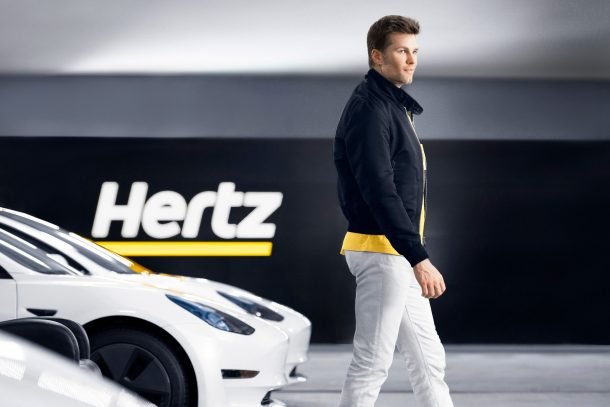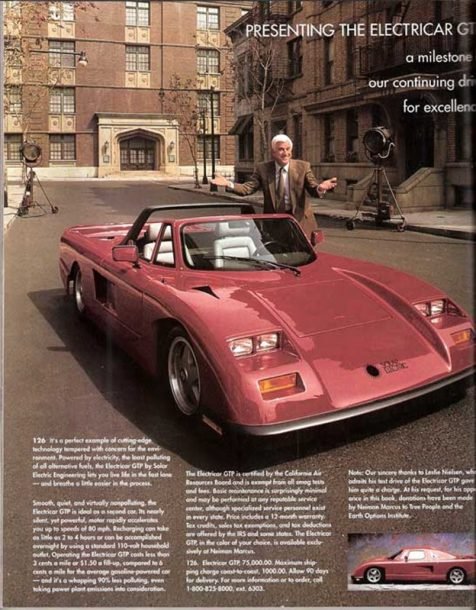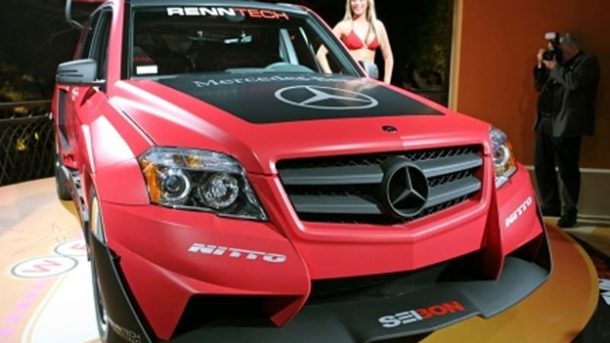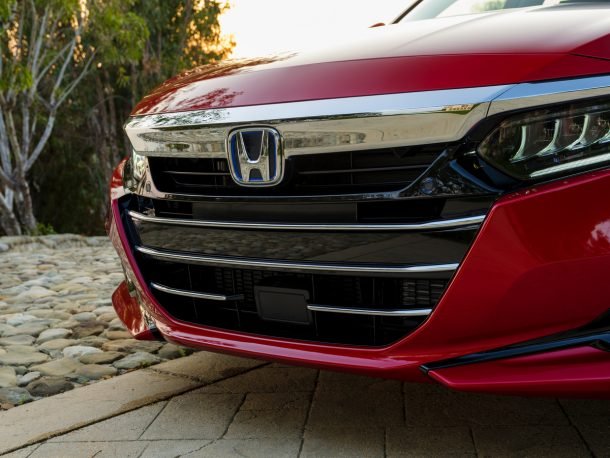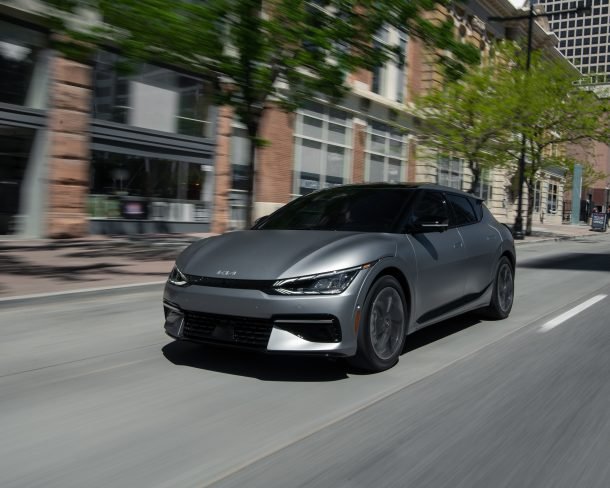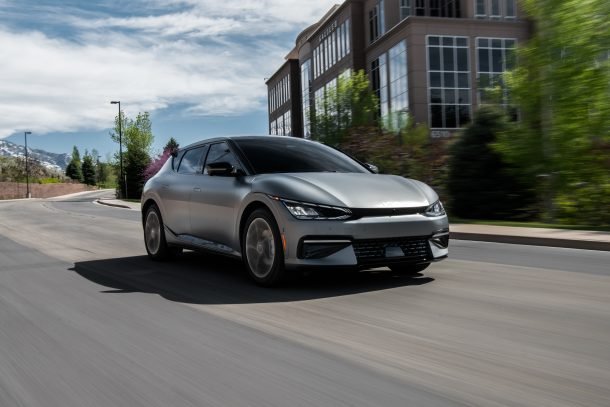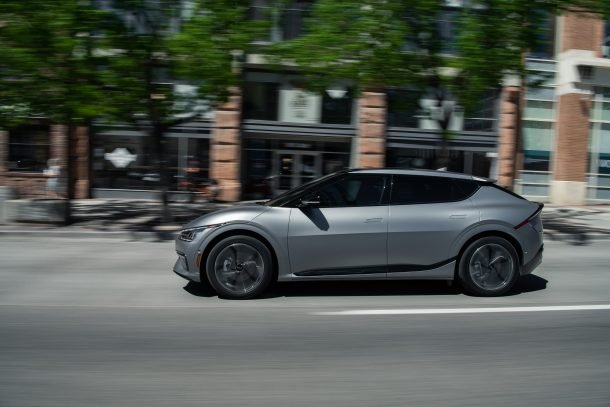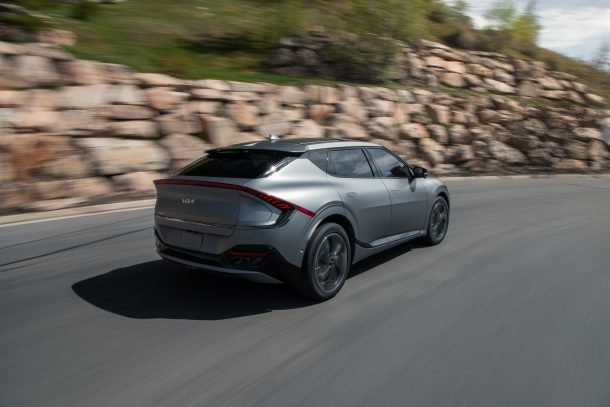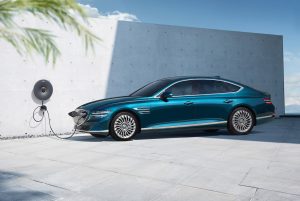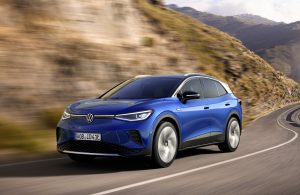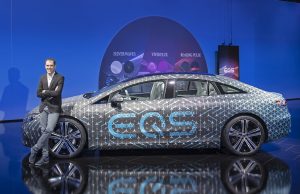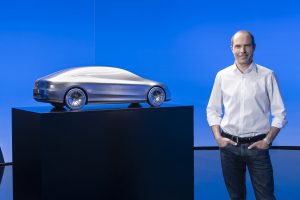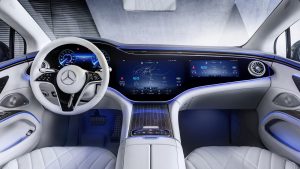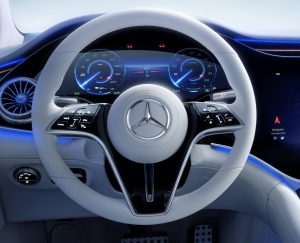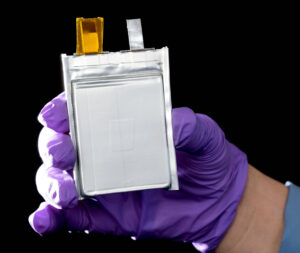Hertz
” data-medium-file=”http://ghostridermotorcycle.com/wp-content/uploads/2021/10/hertz-buying-100000-tesla-vehicles-for-rental-fleet-brady-endorsement-3.jpg” data-large-file=”http://ghostridermotorcycle.com/wp-content/uploads/2021/10/hertz-buying-100000-tesla-vehicles-for-rental-fleet-brady-endorsement.jpg” class=”aligncenter size-large wp-image-1777054″ src=”http://ghostridermotorcycle.com/wp-content/uploads/2021/10/hertz-buying-100000-tesla-vehicles-for-rental-fleet-brady-endorsement.jpg” alt width=”610″ height=”407″ srcset=”http://ghostridermotorcycle.com/wp-content/uploads/2021/10/hertz-buying-100000-tesla-vehicles-for-rental-fleet-brady-endorsement.jpg 610w, http://ghostridermotorcycle.com/wp-content/uploads/2021/10/hertz-buying-100000-tesla-vehicles-for-rental-fleet-brady-endorsement-2.jpg 75w, http://ghostridermotorcycle.com/wp-content/uploads/2021/10/hertz-buying-100000-tesla-vehicles-for-rental-fleet-brady-endorsement-3.jpg 450w, http://ghostridermotorcycle.com/wp-content/uploads/2021/10/hertz-buying-100000-tesla-vehicles-for-rental-fleet-brady-endorsement-4.jpg 768w, http://ghostridermotorcycle.com/wp-content/uploads/2021/10/hertz-buying-100000-tesla-vehicles-for-rental-fleet-brady-endorsement-5.jpg 120w” sizes=”(max-width: 610px) 100vw, 610px”>
After managing to avoid what appeared to be certain death, Hertz has decided to purchase 100,000 Tesla vehicles before the end of 2022. Considering the firm was filling out Chapter 11 bankruptcy forms this time last year, the estimated $4.2 billion expenditure designed to ensure that 20 percent of its global fleet is electric does feel slightly frivolous. But Hertz says it’s getting out ahead of the curve and is interested in becoming a “mobility company,” rather than a business that just rents people automobiles.
“Electric vehicles are now mainstream, and we’ve only just begun to see rising global demand and interest,” said interim CEO Mark Fields. “The new Hertz is going to lead the way as a mobility company, starting with the largest EV rental fleet in North America and a commitment to grow our EV fleet and provide the best rental and recharging experience for leisure and business customers around the world.”
Fields joined Hertz in June, becoming CEO this October, and previously led the Ford Motor Co. from 2014 to 2017 — where he focused on transforming the automaker into a technology-focused firm. While the term itself is the Lorem Ipsum of empty industry jargon, claiming your business was going to evolve into a “mobility company” was popularized by Fields as he tried to pivot Ford toward becoming data-driven and more interested in electrification.
However, he received the boot from Blue Oval after an internal power struggle with Joe Hinrichs and took the blame for the manufacturer’s declining sales and lackluster stock performance. While we can debate whether Fields became a sacrificial lamb for angry investors or if his ideas were actually any good, Ford ultimately stayed on the pathways he laid out.
Hertz said it will begin adding Tesla products to its fleet in November. But the full 100,000 units don’t have to be purchased until the end of 2022 due to logistical worries (the chip shortage was mentioned) and making sure locations are set up to charge vehicles when not in use. Tesla renters will reportedly be given preferential treatment and subjected to a reeducation program about the merits of EVs.
From Hertz:
Hertz also is installing thousands of chargers throughout its location network. Customers who rent a Tesla Model 3 will have access to 3,000 Tesla supercharging stations throughout the U.S. and Europe.
Hertz will offer a premium and differentiated rental experience for the Tesla EVs. This includes digitized guidance to educate customers about the electric vehicle to get them on their way quickly, and coming soon, an expedited EV rental booking process through the Hertz mobile app.
With the current order, EVs will comprise more than 20 percent of Hertz global fleet and is expected to be supported by a combination of Level 2 and DC fast charging in approximately 65 markets by the end of 2022 and more than 100 markets by the end of 2023. Hertz said these ambitions could be affected by factors outside of Hertz’s control, such as semiconductor chip shortages or other constraints.
While Model 3s should be available across North America and Europe almost immediately, Hertz said it would be focusing on fielding them at metropolitan airport locations to start. To help them advertise this, they’ve opted to employ seven-time Super Bowl champion Tom Brady. Having been needlessly hard on the football legend in the past, I’ll save any negative things I have to say about him for another time. Regardless of what I think, he’s hardly a stranger to product endorsements and will undoubtedly do an exemplary job hawking rental EVs.
“Hertz is changing the game when it comes to the future of mobility and has come through for me time and time again,” Brady said. “Although the company has been around for over 100 years, their constant evolution, especially now, is something that is amazing to be a part of. I’ve been driving an EV for years and knowing Hertz is leading the way with their electric fleet speaks to how the world is changing and the way companies are approaching being environmentally and socially conscious. I’ve always loved how easy and convenient Hertz makes it for me when I’m traveling to my favorite places like New York, LA and Tampa and can’t wait to see what they continue to have in store.”
See? Despite how creepy some people understandably find him, the dude is a complete professional. Perhaps you’ll even match his football prowess if you rent from the same company that pays him money to say things.
Meanwhile, news that Hertz was buying up EVs resulted in bumping Tesla’s stock to a $1 trillion market cap. The deal brought Tesla stock to more than $1,045 per share by noon, resulting in a new record just one trading day after the shares broke $900. The stock closed up 12.66 percent at about $1,022 a share. Bloomberg cited it as the largest ever single purchase of EVs, estimating the total cost at $4.2 billion.
CEO Elon Musk issued a celebratory tweet suggesting that these were “wild times.”
<img data-attachment-id="1777056" data-permalink="https://www.thetruthaboutcars.com/2021/10/hertz-buying-100000-tesla-vehicles-for-rental-fleet-brady-endorsement/hertz-tom-brady/" data-orig-file="https://www.thetruthaboutcars.com/wp-content/uploads/2021/10/hertz-tom-brady.jpg" data-orig-size="2700,1800" data-comments-opened="1" data-image-meta="{"aperture":"0","credit":"","camera":"","caption":"Tom Brady on the set of the Hertz \"Let's Go\" Campaign Celebrating the future of mobility by making Electric Vehicle rentals fast, seamless and more accessible than ever before","created_timestamp":"0","copyright":"","focal_length":"0","iso":"0","shutter_speed":"0","title":"","orientation":"0"}" data-image-title="hertz tom brady" data-image-description="
Hertz
” data-medium-file=”http://ghostridermotorcycle.com/wp-content/uploads/2021/10/hertz-buying-100000-tesla-vehicles-for-rental-fleet-brady-endorsement-7.jpg” data-large-file=”http://ghostridermotorcycle.com/wp-content/uploads/2021/10/hertz-buying-100000-tesla-vehicles-for-rental-fleet-brady-endorsement-1.jpg” class=”aligncenter size-large wp-image-1777056″ src=”http://ghostridermotorcycle.com/wp-content/uploads/2021/10/hertz-buying-100000-tesla-vehicles-for-rental-fleet-brady-endorsement-1.jpg” alt width=”610″ height=”407″ srcset=”http://ghostridermotorcycle.com/wp-content/uploads/2021/10/hertz-buying-100000-tesla-vehicles-for-rental-fleet-brady-endorsement-1.jpg 610w, http://ghostridermotorcycle.com/wp-content/uploads/2021/10/hertz-buying-100000-tesla-vehicles-for-rental-fleet-brady-endorsement-6.jpg 75w, http://ghostridermotorcycle.com/wp-content/uploads/2021/10/hertz-buying-100000-tesla-vehicles-for-rental-fleet-brady-endorsement-7.jpg 450w, http://ghostridermotorcycle.com/wp-content/uploads/2021/10/hertz-buying-100000-tesla-vehicles-for-rental-fleet-brady-endorsement-8.jpg 768w, http://ghostridermotorcycle.com/wp-content/uploads/2021/10/hertz-buying-100000-tesla-vehicles-for-rental-fleet-brady-endorsement-9.jpg 120w” sizes=”(max-width: 610px) 100vw, 610px”>
[Images: Hertz]
Become a TTAC insider. Get the latest news, features, TTAC takes, and everything else that gets to the truth about cars first by subscribing to our newsletter.

